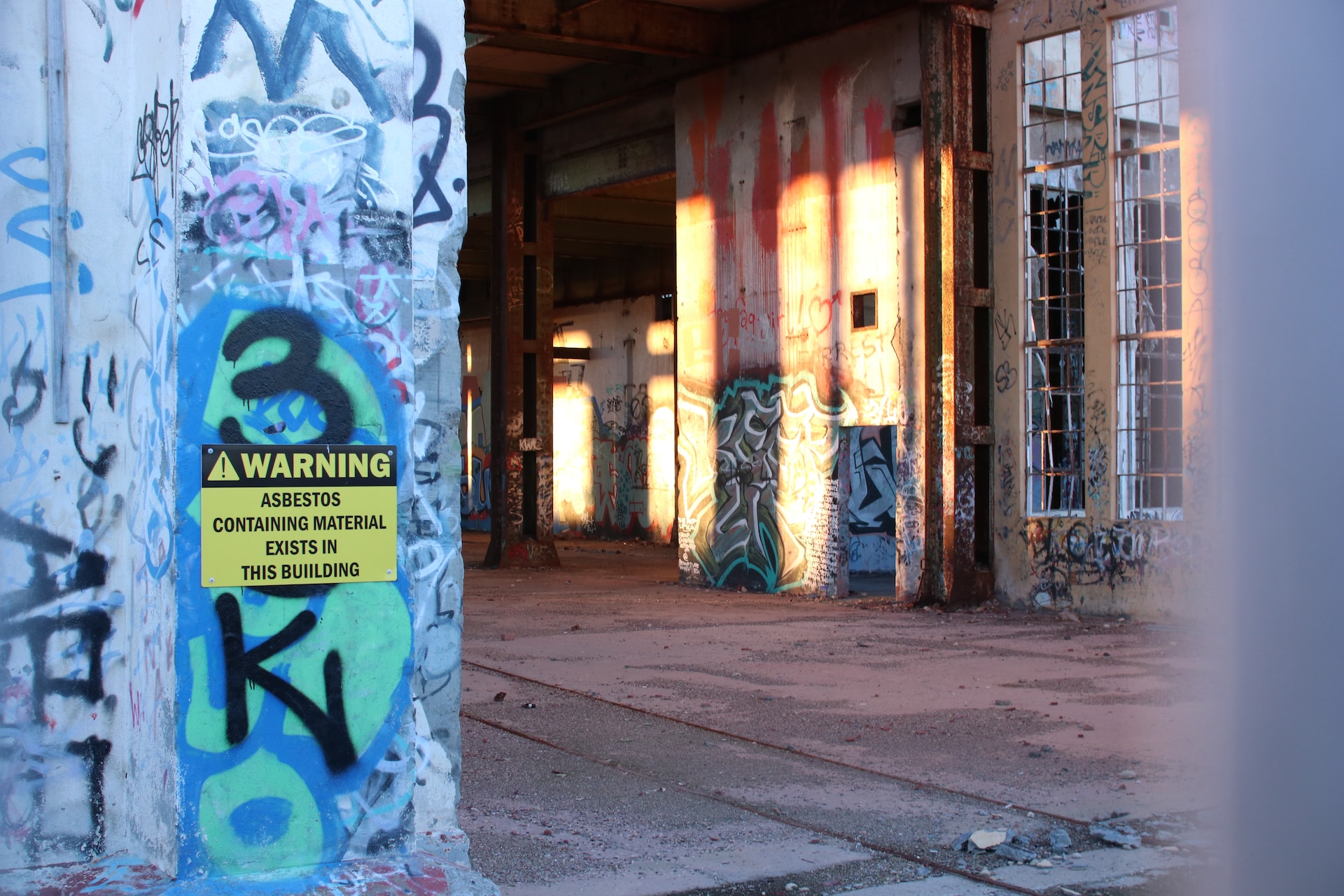

Question: What are Some of the Asbestos and Lead-based Paint Hazards in Older Homes?
Answer: Asbestos hazards in older homes include insulation, flooring, ceiling tiles, and pipe insulation, while lead-based paint hazards can be found on walls, trim, and windowsills, posing risks if disturbed or deteriorated.
Asbestos and Lead-based Paint Hazards in Older Homes – Unseen Danger
Older homes have an undeniable charm, with their unique architectural details and rich histories. But beneath the allure of vintage mouldings and antique woodwork, some older homes harbor hidden hazards: asbestos and lead-based paint. Though no longer used in home construction, these materials can pose significant health risks if disturbed during renovations or home improvements.
A Quick History of Asbestos and Lead-Based Paint
Asbestos and lead-based paint were once hailed for their unique properties. Asbestos, a naturally occurring mineral, was praised for its fire resistance and insulation properties, making it a popular choice for insulation, roofing, and flooring materials in homes built before the 1980s.
On the other hand, lead-based paint, popular in homes built before the 1960s, was appreciated for its durability and resistance to moisture. But as science advanced, the harmful effects of these materials on human health became undeniable, leading to their phased-out use in residential construction.
Curious about the value of your property in Melancthon? Click here now
Related Article: What are The Four Pillars Impacting Sustainable Sustainability in Real Estate?
Related Article: Solar Energy Systems and Their Effect on Real Estate Value
The Health Risks of Asbestos and Lead-Based Paint
Exposure to asbestos fibers can lead to serious health problems, including asbestosis, lung cancer, and mesothelioma. These conditions often take years to develop, making it difficult to link them directly to asbestos exposure.
Similarly, lead is a potent neurotoxin. Exposure to lead-based paint, particularly in children, can lead to developmental issues, learning disabilities, and physical symptoms like nausea, seizures, and even death in severe cases.
Recognizing Asbestos and Lead-Based Paint in Your Home
Recognizing these hazards in your home isn’t always easy. Asbestos is often mixed with other materials, making it hard to identify by sight. Generally, it can be found in insulation (particularly around boilers and ducts), vinyl floor tiles, roofing and siding materials, and textured paint.
Lead-based paint, meanwhile, was commonly used in pre-1960s homes, especially on windows, doors, and trim. It’s often found beneath layers of newer, lead-free paint.
However, it’s important to note that both asbestos and lead-based paint are usually safe if left undisturbed. Problems arise when renovation or demolition projects release asbestos fibers into the air or create lead dust.
Testing for Asbestos and Lead
If you suspect your home might have asbestos or lead-based paint, it’s crucial to get professional testing. For asbestos, this involves taking samples of the suspected material to a laboratory for analysis.
For lead-based paint, professionals use an X-ray fluorescence machine or take paint chip samples. It’s essential not to try this yourself – improper sampling can disturb these materials and create a health hazard.
Managing Asbestos and Lead-Based Paint in Your Home
If testing confirms the presence of asbestos or lead-based paint in your home, don’t panic. If the materials are in good condition and not releasing dust or fibers, they can often be left alone.
However, if you’re planning a renovation or if the materials are deteriorating, you’ll need to hire a professional abatement team. It’s crucial not to try to remove these materials yourself, as improper removal can increase the risk of exposure.
The Importance of Awareness and Safety
While the presence of asbestos and lead-based paint in older homes can be alarming, awareness and safety precautions can significantly mitigate the associated risks. If you live in or are considering buying an older home, it’s essential to be aware of these potential hazards.
Click for more information on Jennifer Jewell
Conclusion
Asbestos and lead-based paint in older homes serve as reminders of a time when we didn’t fully understand the implications of the materials we used. While their presence can feel daunting, with proper management, they don’t have to be deal-breakers.
If you own or are considering buying an older home, it’s essential to be vigilant about potential hazards and take the appropriate steps to ensure your home is safe. This might involve professional testing and, if necessary, abatement.
Remember, when it comes to dealing with asbestos and lead-based paint, never try to handle the problem yourself. Always seek help from professionals who have the training and equipment to deal with these materials safely and effectively. The cost of professional help is a small price to pay for the health and safety of your household.
As homeowners, we all want our homes to be safe havens for ourselves and our families. By understanding and addressing potential risks like asbestos and lead-based paint, we can ensure that our homes remain the safe and comfortable spaces we want them to be, regardless of their age.
Finally, while older homes may have their quirks and challenges, they also have an undeniable charm and character that new homes often lack. With awareness, caution, and appropriate action, we can enjoy the beauty of these homes without compromising our health and safety.


